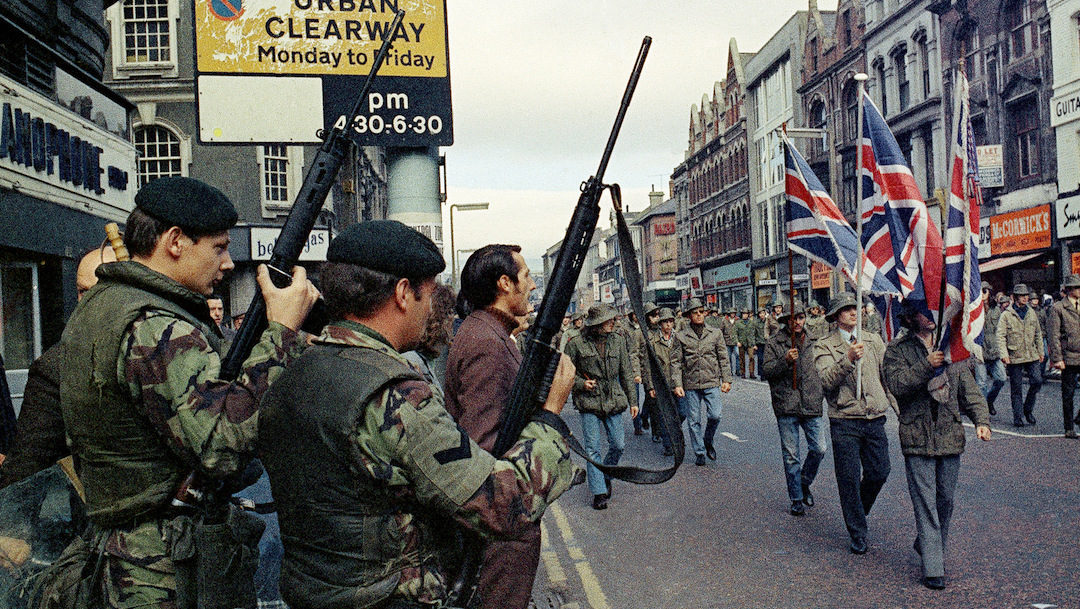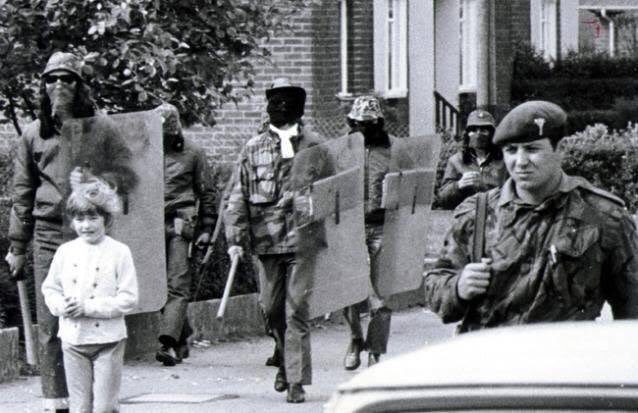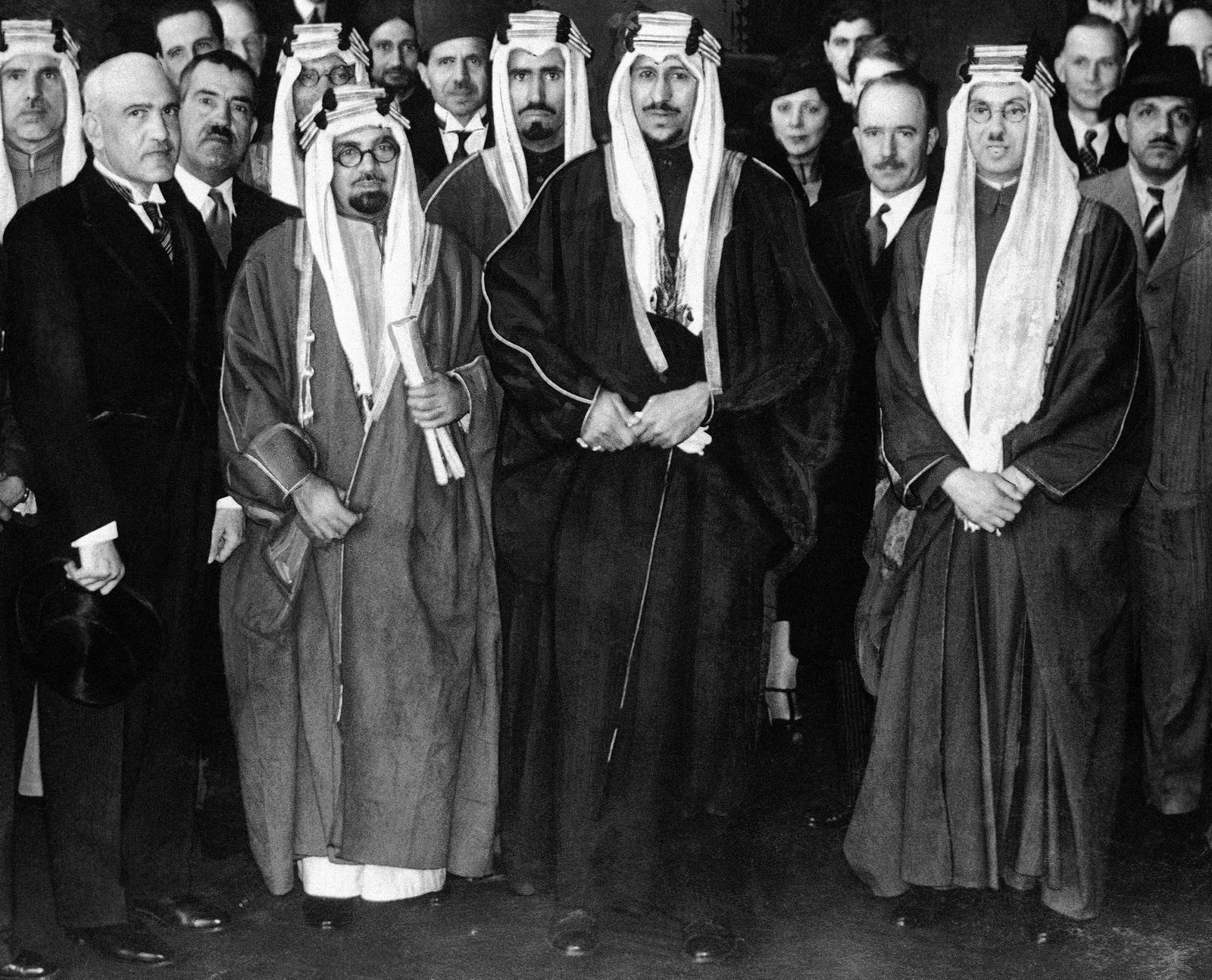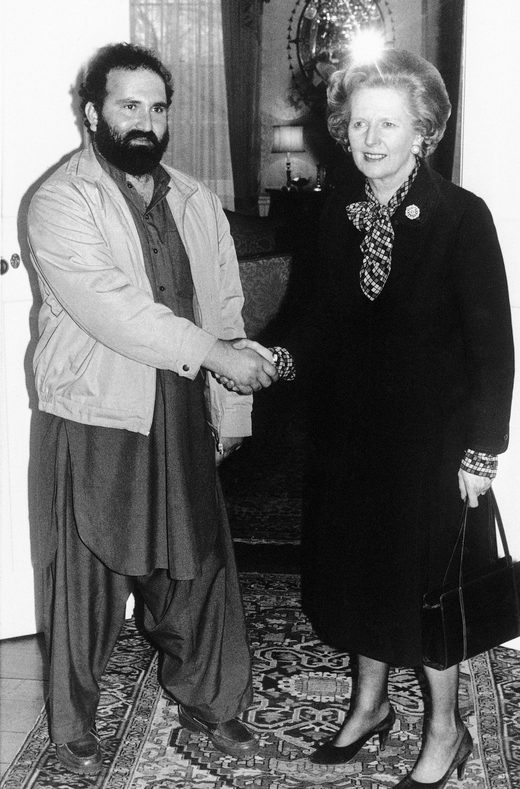
Firstly, what do I mean by death squads? I use this term to refer to a wide range of forces, namely Al-Qaeda and Al-Qaeda affiliated groups, Islamic State, the UVF (Ulster Volunteer Force), UDA/UFF (Ulster Defence Association/Ulster Freedom Fighters), RHD (Red Hand Commandos), LVF (Loyalist Volunteer Force) and the British Army's very own units such as the Military Reaction Force, Special Reconnaissance Unit and the Force Research Unit.
Loyalist death squads in Ireland were an extension of the British state. They worked hand in hand with British intelligence, British military and the colonial police (RUC). In 2012, the De Silva Report revealed that 85% of the intelligence the UDA received had been supplied by the British security forces. The UDA was not proscribed as a terrorist organization until 1992 - the decade when the British were waging a campaign of pacification on the Provisional Republican movement.
Loyalist terror gangs were responsible for scores of terror attacks in partnership with said British forces. The 1974 Dublin and Monaghan bombings which claimed the lives of 34 people carried out by the UVF in cahoots with British intelligence.
Britain keeps the files on this act of terror firmly under lock and key. The Miami Showband massacre in 1975, saw the British Army team up with the UVF to murder three members of a cabaret band. Human rights lawyers Pat Finucane and Rosemary Nelson were assassinated by loyalist death squads working with British military and intelligence. There are endless examples of British collusion with loyalist death squads over a forty year period.

Saudi Arabia is a British creation that serves the interests of the Brits and the United States to this day. The British re-established Saudi Wahhabism in the region after it had been rejected, using its intolerance to wage an internal war on the Ottoman Empire during WW1. In a typically British case of divide and conquer, they allied with the Al-Saud family who have been willing servants of British and American imperialism since their reign.
It was Winston Churchill who bankrolled and armed Ibn Saud, the first King of Saudi Arabia. He doubled his subsidy in 1922 to £100,000. In 1921, Churchill delivered a speech to the House of Commons whereby he branded the followers of Ibn Saud "bloodthirsty" and "intolerant".

"They [Ibn Saud's followers] hold it as an article of duty, as well as of faith, to kill all who do not share their opinions and to make slaves of their wives and children. Women have been put to death in Wahhabi villages for simply appearing in the streets... [they are] austere, intolerant, well-armed and bloodthirsty". - Churchill, 1921, speech to the House of Commons.Thatcher's open collusion with the Mujahideen in the 1980s saw her tell a large group on the Pakistan and Afghanistan border that the "hearts of the free world are with them".

Britain covertly gave military training and supplies to the Mujahideen. The SAS was routinely going in and out of Afghanistan from Pakistan, moving supplies to the Mujahideen and other Afghan groups. In 1986 Britain shipped 600 shoulder-launched anti-aircraft missiles, with many going to the forces of Hizb-e-Islami, headed by Addul Haq whom Thatcher welcomed to Britain the same year.
Haq had ordered a bombing in Kabul which killed 28 people, most of them students. Haq stated that the intention of the bomb was 'to warn people' against sending their children to the Soviet Union'.
Gulbuddin Hekmatyar, an associate of Osama Bin Laden, was also invited to London in 1986 by Thatcher. She hailed him a "freedom fighter". He had gained status after throwing acid in a woman's face. Known as the 'Butcher of Kabul', Hekmatyar, oversaw a campaign of terror which led to at least 50,000 deaths in Kabul alone.
The Mujahideen were bolstered with billions of dollars and military training mainly from the United States. Britain's specific contributions were specialized military training and funneling military supplies into Afghanistan.
In Libya in 2011, Britain allied and worked with various death squads like the LIFG (Libyan Islamic Fighting Group). It was only in 2005, after the 7/7 bombings, that the LIFG was designated as a terrorist group. 6 years later though, the British were back colluding with this very force against Libya, a country it has wanted regime change in since the al-Fatah revolution led by Muammar Gaddafi in 1969.
An SAS unit along with MI6 agents on a covert mission was captured just outside of Benghazi. They claim they were on their way to meet with Libyan 'rebels'. Branded a "diplomatic team" by William Hague this blunder on behalf of the SAS was quickly swept under the carpet. A telephone conversation of then British Ambassador Richard Northern asking for this "diplomatic team" to be released was leaked. In Basra, in 2005, an SAS team was apprehended by the Iraqi police after a clash in which two people were left dead. They were dressed in Arab clothing with heavy weaponry. The British Army sent in tanks to break down the walls of the prison they were being held in.
We saw Britain assist the movement of thousands of militants in Bosnia who were there to fight against the Serbs. Hundreds of men from Britain have in recent years traveled to Syria and joined various death squads in the region. A trial collapsed in 2015 against a Swedish national whose lawyers argued British intelligence agencies were "supporting the same Syrian opposition group" as he was. They went on to allege British intelligence were supplying weapons to the group.
Britain is not the enemy of terrorism - it stokes the flames of sectarianism and facilitates death squads when and where it fits in with the agenda of their foreign policy.



Comment: Further reading: